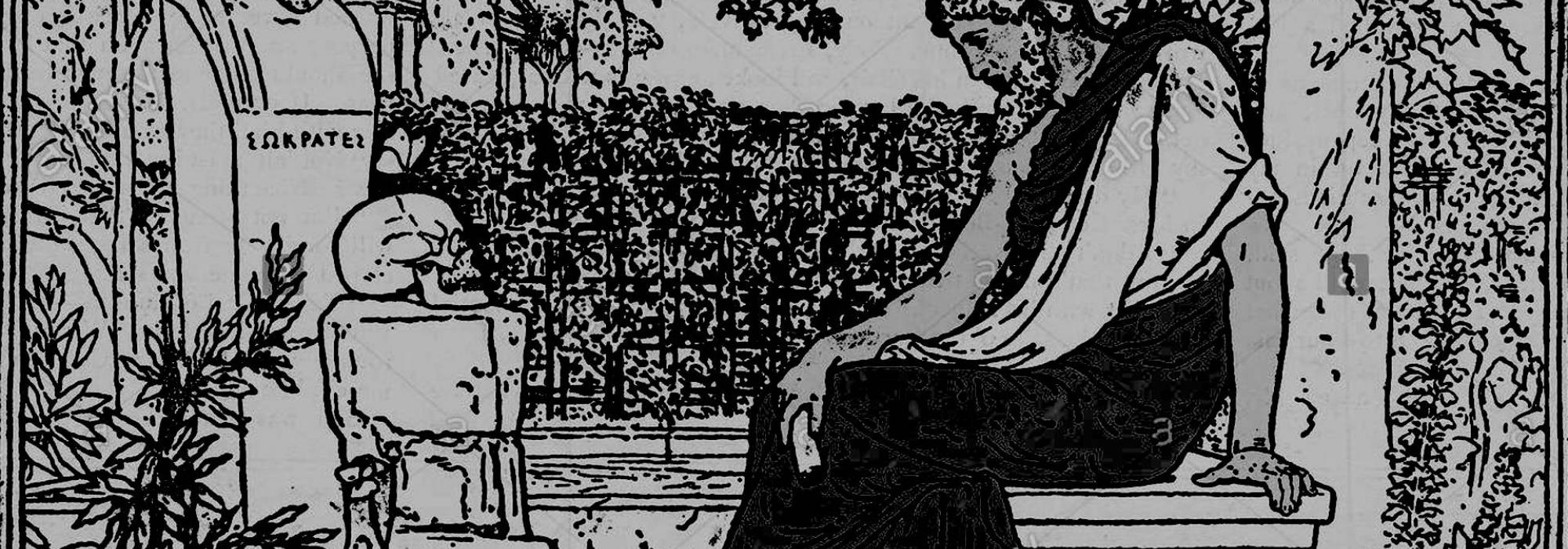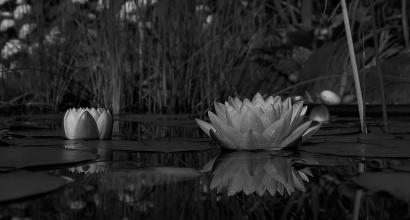DVG was perhaps unique among the giants of his age who achieved a harmonious blend between the primacy of the individual in the realms of his spiritual, social and national life as conceived by the Sanatana tradition and as theorized by Western ideas. That spotless scholar Dr. S. Srikanta Sastri provides a fine exposition[1] of this Indian conception of the individual:
Indian culture gives immense importance to individual freedom…all schools [of Indian philosophy] also universally recognize the fact that the individual, based on his nature and temperament, is free to lead a life of his choosing. It is because of this that there is no scope for totalitarianism in Indian culture… The Fourfold Values of Life (Purushartha)… provide an individual the freedom to perform or relinquish certain duties (Karma) or perform them differently… Therefore, the criticism that Indian culture is obsessed only with the spiritual and the Other World is baseless.
DVG explains the primacy of the individual[2] in the national life following fashion:
The personal ethic of the people is greater than their national law. The individual is greater than the constitution. And the individual’s Inner Witness (conscience) is the greater than all laws framed since the dawn of civilization.
“Examine Yourself First”
However, DVG also reawakens Indians as to how this individual primacy must be adapted in the drastically altered era of democracy. If democracy is a system by, for and of the people, it follows that the quality of the government will be in direct proportion to the ethical standards of the majority of the people. Thus, DVG cautions[3] the Indian citizen, “before you question your ministers, examine yourself…if the state should be safe, the citizen must first fear the shortcomings in his own conduct.” We get a tangential reference to this in another[4] anecdote. A writer gave a copy of his new book to DVG and sought his opinion. The initial pages contained a list of opinions given by several people about its subject matter. After reading them, DVG asked him: “This is all fine. These are their opinions. What is your stand?”
Using art and literature as an analogy, DVG writes that if politics is an art (as it is frequently claimed to be), we need to view it from the perspective of feeling. In turn, we need to constantly fine tune it and hone it because it is most susceptible to vortexes of all kinds. Bereft of human feeling, institutions, no matter how strong they[5] are, are useless.
the ordinary man on a daily basis meets the Amaldar, Shirastedaar etc and not ministers. If such low-level bureaucrats conduct themselves compassionately, truthfully and ethically, people will have no cause to complain no matter which party or government is in power.
DVG illustrates this with several real-life examples, citing the appalling downfall in the basic character of the bureaucracy from the era of the Mysore Wodeyars to the Congress governments under the super-centralised Nehruvian regime. We shall examine this in a detailed fashion later in this work. In this light, it is not out of place to claim that it will be highly revealing if in-depth research is done on the number of court cases filed by common citizens against the police and bureaucracy since independence. It is undeniable that these numbers have gone up with each decade.
The underlying theme in all of this is the fact that the average bureaucrat seems to forget that he or she is the individual Indian citizen (or in DVG’s highly accurate term, Rashtraka Praje) first and that in discharging his duty, he must be subconsciously imbued[6] with this feeling: “I owe a debt to the nation and I am repaying this debt by discharging my duty.” This in turn is a pithy commentary on the never-ending rights vs duties debate introduced into the Indian public psyche by the West.
The Soil of Dharma and Auspiciousness
DVG’s brilliant insights into the operation of the fundamental impulses of Artha (wealth, its acquisition and enjoyment) and Kama (desire) vis a vis a system of democratic government is highly original and nuanced. The government should ideally be bereft of Kama and must regard Artha as a public trust that must be safeguarded and multiplied through transparent and ethical policies. This becomes paramount especially for a civilisational state like Bharatavarsha in order to preserve its cultural continuity in all realms. Thus, when DVG says that the soil for Dharma[7] and welfare and auspiciousness is the same, several intellectual vistas unfold in our mind. And what are the main qualities of that soil?
- Eminence of individual excellence
- Courtesy
- Wisdom
- Philosophical fidelity
An ideal or optimum mix of these qualities is what infuses Dharma, and Dharma is incomplete sans Satya (Truth). However, the practical implication of ascertaining truth especially in public life is “not easy” because it is “scattered as pieces in various places. If we need to look at its wholesome and integrated form, we need to locate the places where it has been spread.” We are reminded of the superb line from one of his verses[8] in Mankutimmana Kagga: manujaroḻagāgāga torpa mahanīyaguṇa (the noble qualities within people that come to the surface from time to time). DVG advocates that in public life, politics and government, this ability to spot virtue and nobleness (both are attributes of truth) is what needs to be cultivated and kept in constant practice. This is also the reason DVG repeatedly stresses that traditions and customs that have endured among the people from a dateless era must be maintained intact and must not be tampered with at any cost because their longevity is itself a proof of their innate value.
To be continued
Notes
[1] S. Srikanta Sastri: Bharatiya Samskruti: (Kamadhenu Publishers, 2015), pp 19-20
[2] D V Gundappa: Rajyashastra, Rajyanga—DVG Kruti Shreni: Volume 5 (Govt of Karnataka, 2013) p 302
[3] D V Gundappa: Rajyashastra, Rajyanga—DVG Kruti Shreni: Volume 5 (Govt of Karnataka, 2013) pp xx-xxi
[4] Dheemanta —Rasarushi DVG (Gokhale Institute of Public Affairs, 1988) p 222
[5] D V Gundappa: Rajyashastra, Rajyanga—DVG Kruti Shreni: Volume 5 (Govt of Karnataka, 2013) pp 312
[6]D V Gundappa: Rajyashastra, Rajyanga—DVG Kruti Shreni: Volume 5 (Govt of Karnataka, 2013) p 304
[7] D V Gundappa: Rajyashastra, Rajyanga—DVG Kruti Shreni: Volume 5 (Govt of Karnataka, 2013) p 303
[8] Mankutimmana Kagga: Verse 59










































